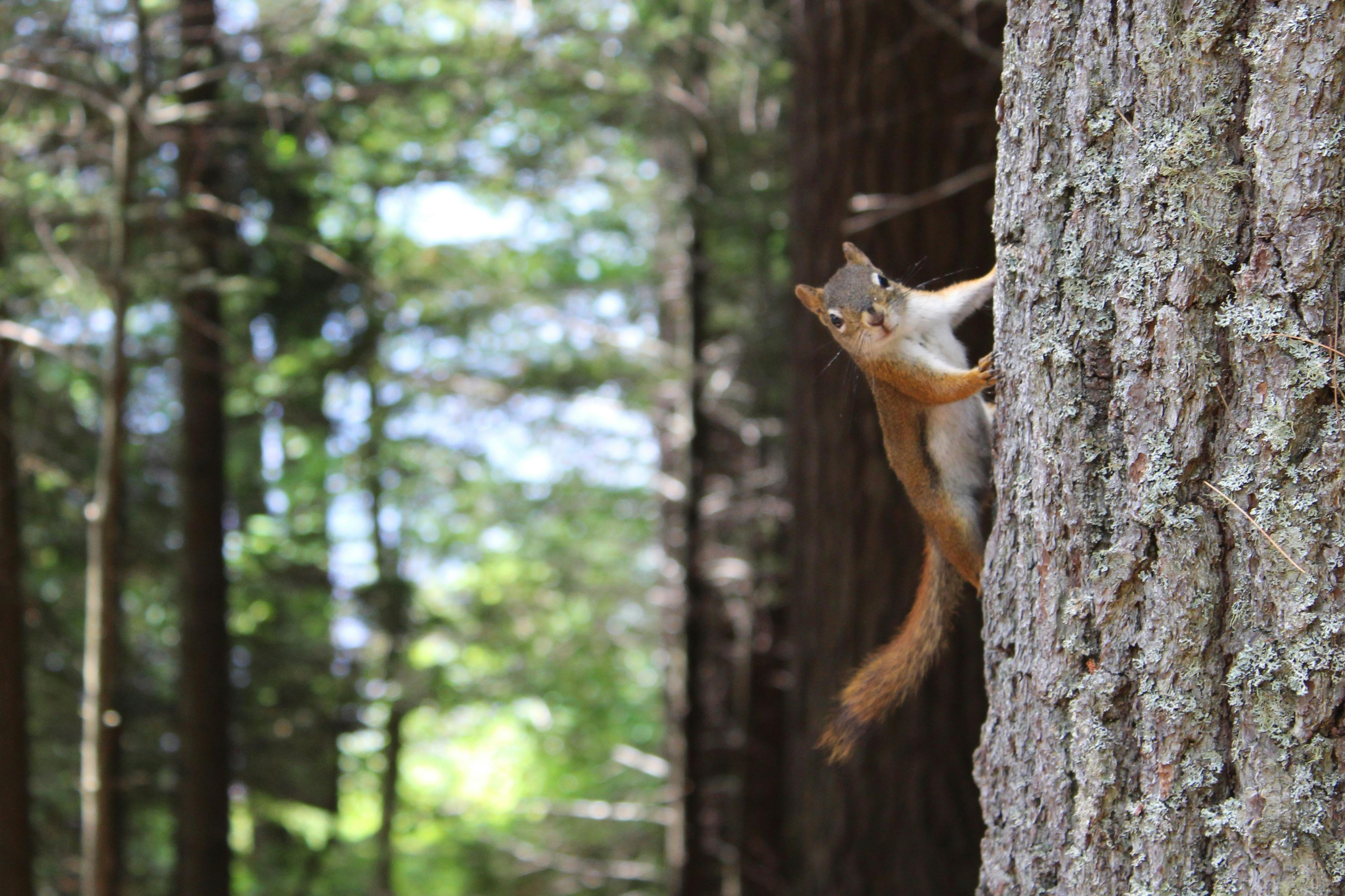Understanding the Unique Behaviour of Prairie Dogs
Prairie dogs, the small, burrowing rodents native to North America, are renowned for their complex social structures and intriguing behaviour. This article delves into the fascinating world of prairie dogs, shedding light on their unique lifestyle, communication, and the recent advancements in research surrounding these creatures.

The Prairie Dog: A Brief Overview
Prairie dogs belong to the rodent family and are native to the grasslands of North America. They are named for their habitat and their warning call, which sounds similar to a dog’s bark. These social animals live in extensive colonies or “towns,” which can house hundreds, if not thousands, of individual prairie dogs.
The existence of prairie dogs dates back to the Pleistocene Age, nearly 2 million years ago. Since then, they have played a pivotal role in the ecosystem, contributing to the soil’s health, providing food for predators, and even aiding in the survival of other species that share their burrows.
The Social Structure of Prairie Dog Colonies
Prairie dogs are known for their intricate social structure, which is primarily matriarchal. A typical prairie dog colony consists of multiple family groups known as coteries. A coterie usually includes one adult male, several females, and their offspring.
The intriguing aspect of prairie dog society is their cooperative behaviour. They work together to build and maintain their burrows, share food, and even participate in social grooming. Such cooperation is rarely observed in the animal kingdom, making prairie dogs a subject of interest for many researchers.
Prairie Dog Communication: A Unique Language
Another fascinating aspect of prairie dogs is their complex communication system. Recent studies have revealed that prairie dogs possess one of the most sophisticated animal languages. They have distinct calls for different predators, and their alarm calls can even include details about the predator’s size, shape, and colour.
Moreover, prairie dogs have been observed using a form of touch communication, where they greet each other by pressing their mouths together. This behaviour, known as a “prairie dog kiss,” is another testament to their complex social interactions.
Current Research and Discoveries
The study of prairie dogs has gained momentum in recent years. In 2020, researchers discovered that prairie dogs’ alarm calls not only describe predators but also convey environmental factors, such as the level of threat the predator presents. This finding has significantly advanced our understanding of animal communication, hinting at a level of sophistication previously thought to be unique to human language.
Market Impact and Conservation Efforts
Prairie dogs are considered pests by many farmers and ranchers, as their burrowing activities can damage crops and pose a risk to livestock. This has led to widespread eradication efforts, causing a significant decrease in prairie dog populations.
However, growing awareness of their ecological importance and the unique aspects of their behaviour has sparked conservation efforts. Some companies even offer eco-tours to prairie dog colonies, contributing to local economies while promoting an understanding and appreciation of these fascinating creatures.
Conclusion
Prairie dogs, with their complex social structures and communication systems, continue to captivate researchers and animal lovers alike. Their unique behaviour, coupled with recent research advancements, makes them an intriguing area of study in the field of animal behaviour and conservation. As we continue to uncover the secrets of these remarkable rodents, we gain not only knowledge but also a profound respect for the intricacies of the natural world.




